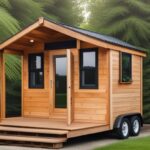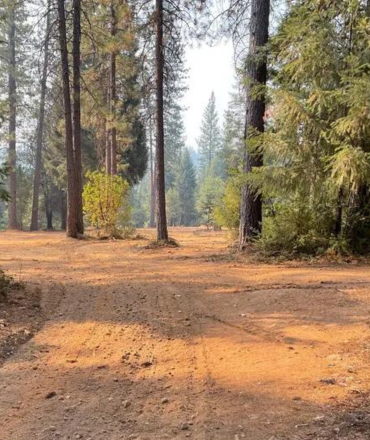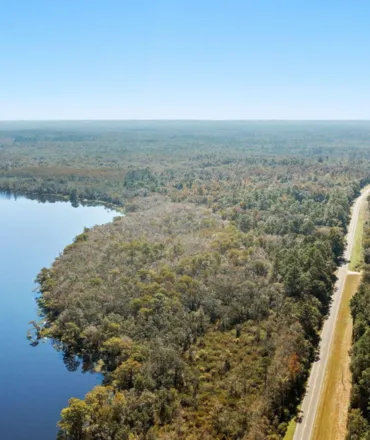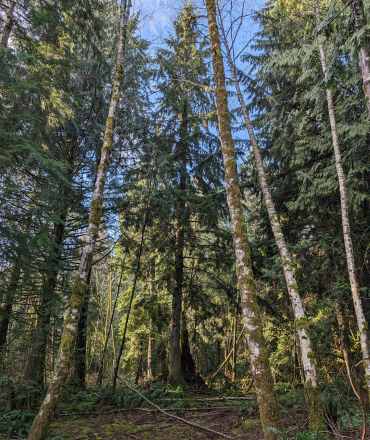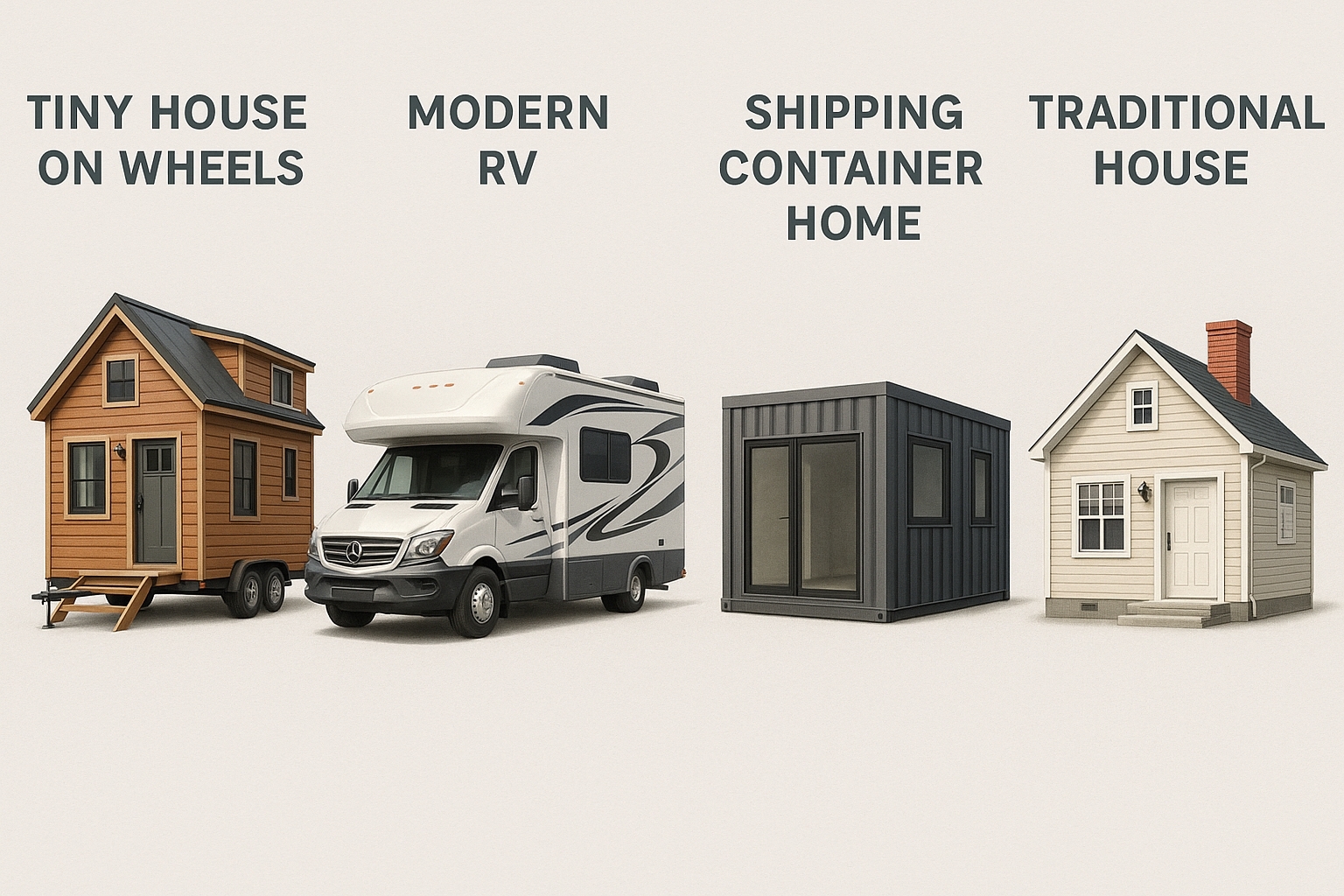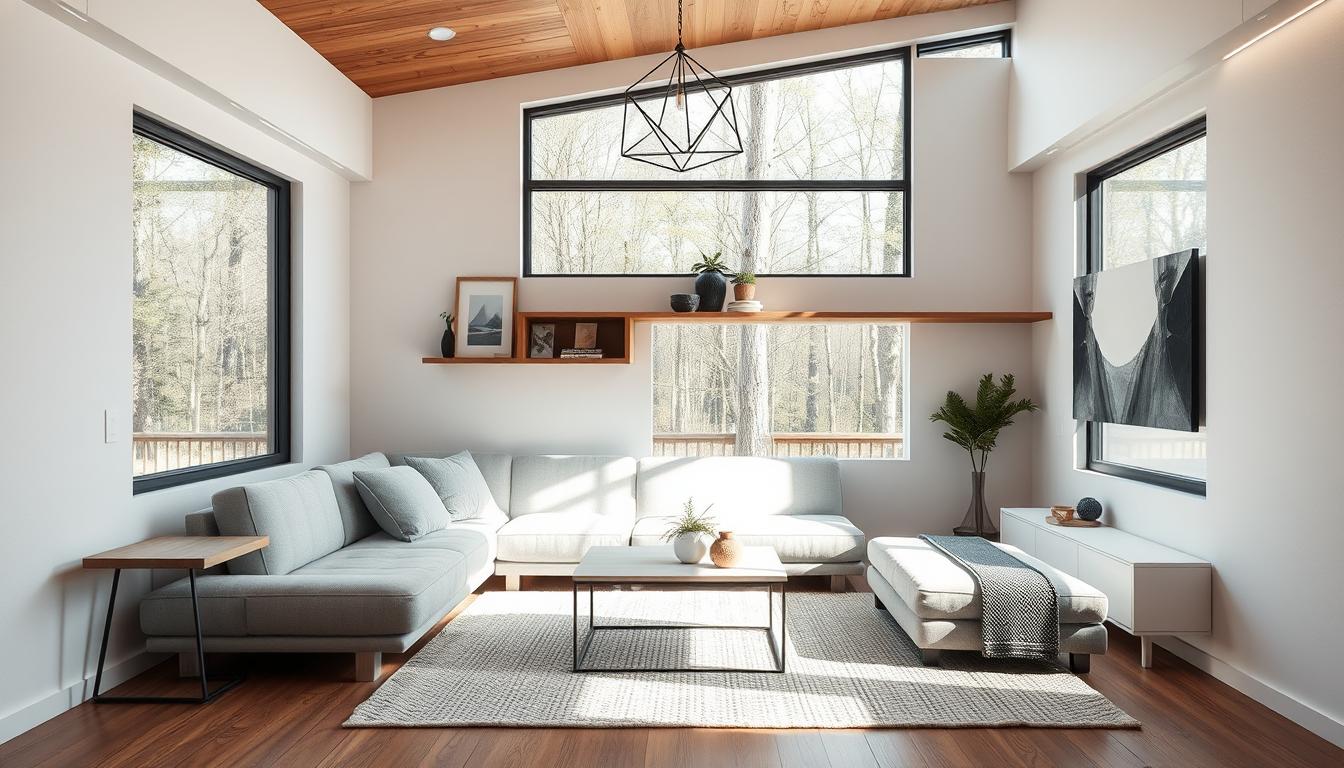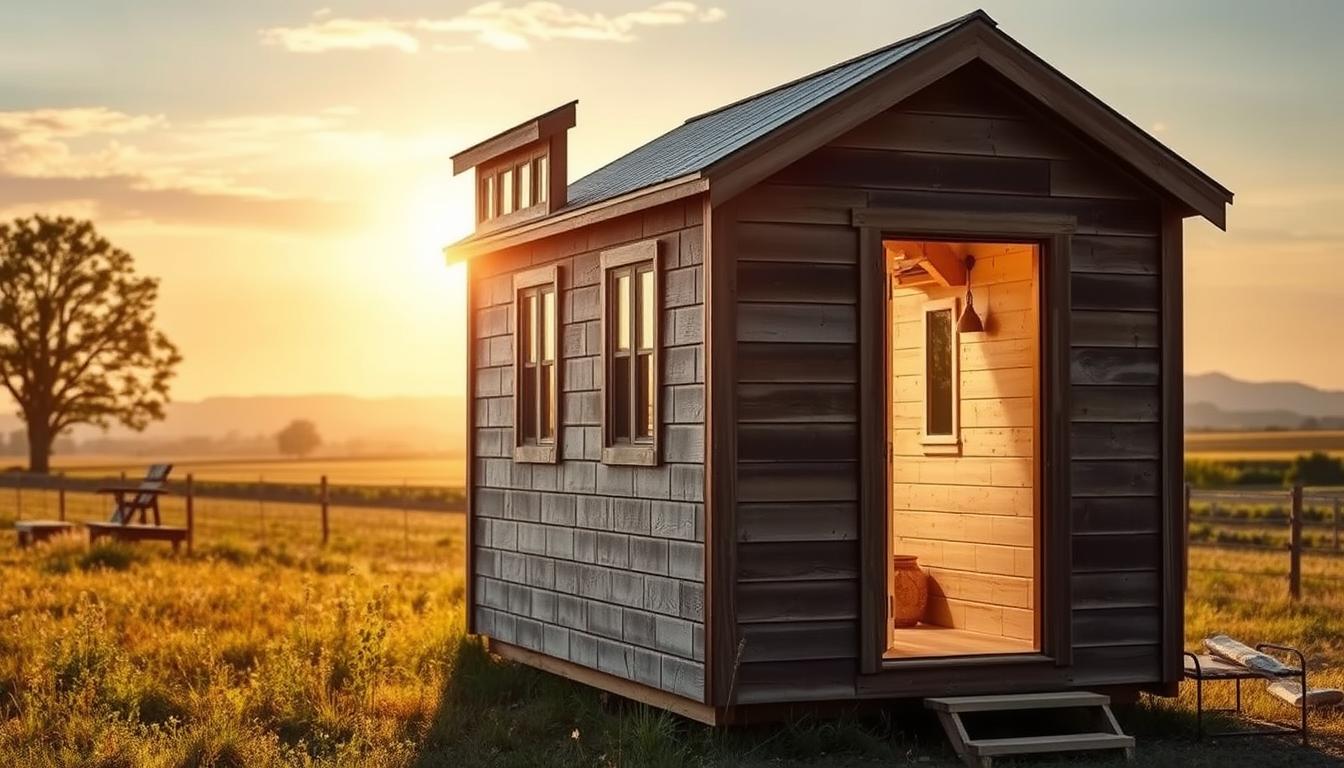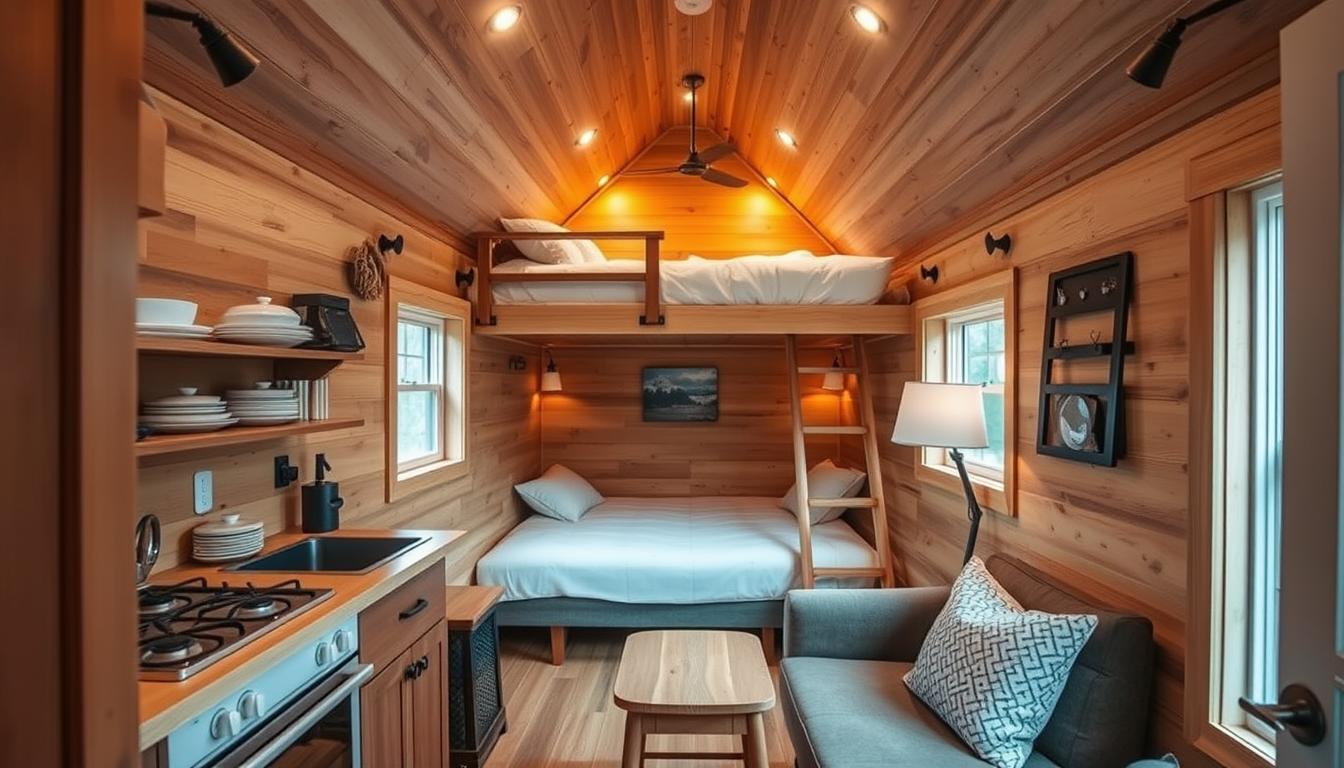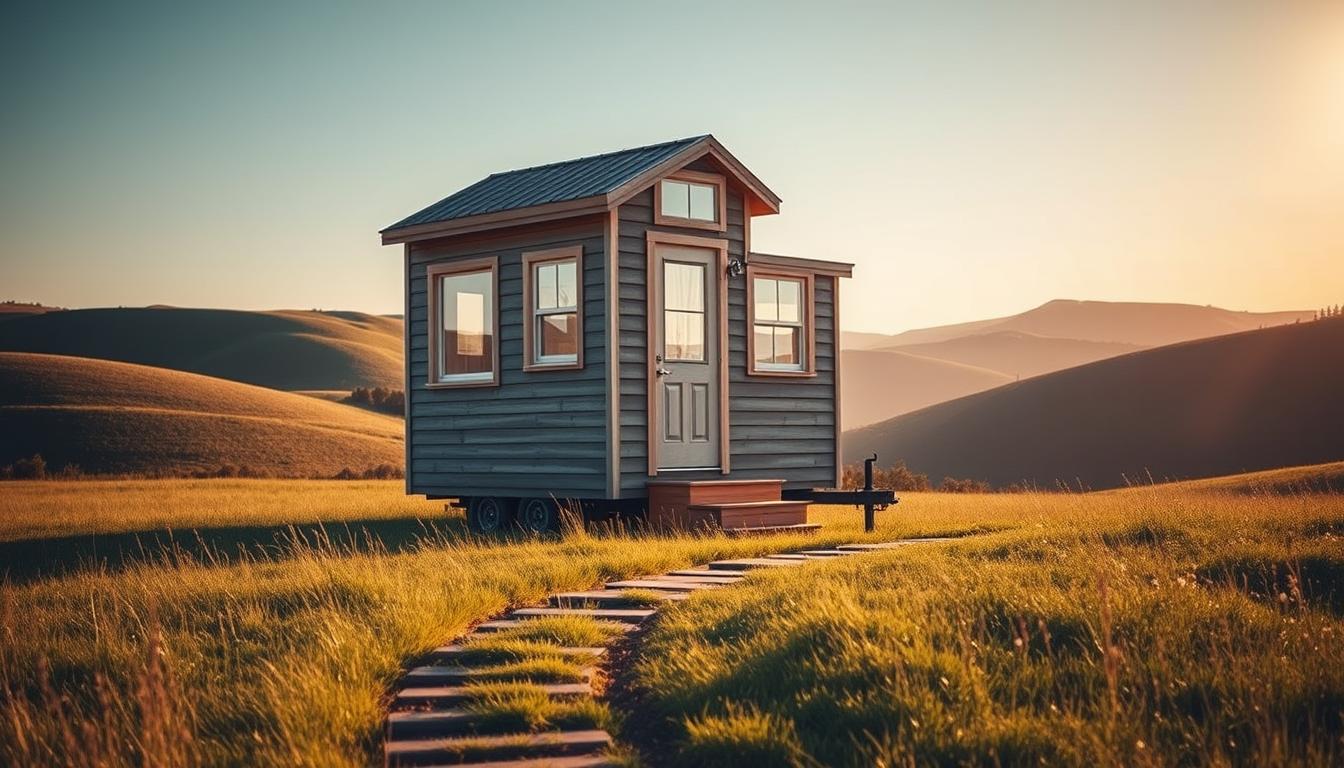Are you ready to embark on the exciting journey of placing a tiny house on land? Whether you’re looking for a minimalist lifestyle or a cost-effective housing solution, a tiny house can be a great option. However, before you start building or buying your dream tiny house, there are several important steps you need to take to ensure a successful placement on land. In this comprehensive guide, we will walk you through each step of the process, from understanding the legal requirements to customizing and maintaining your tiny house.
What You Will Learn About Putting a Tiny House on Land
- The importance of researching local zoning laws and building codes before placing a tiny house on land.
- Factors to consider when choosing the location for your tiny house, including access to utilities and off-grid options.
- The permits needed for placing a tiny house on land and tips on preparing the land and securing the tiny house.
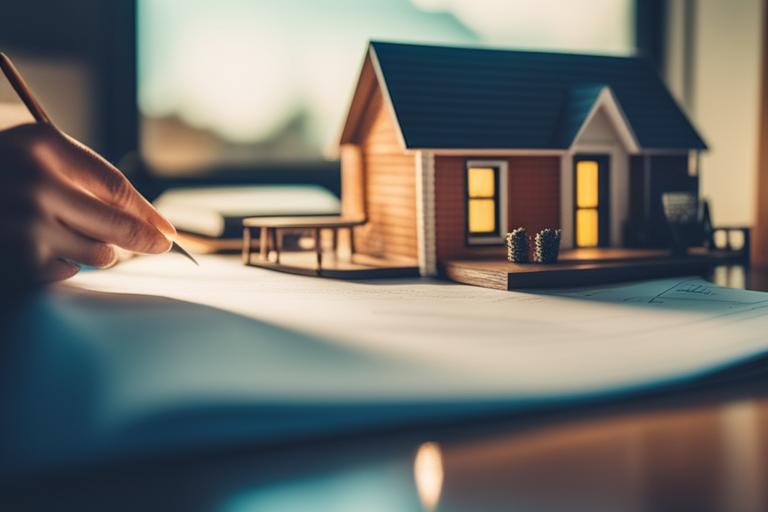
Understand the Legal Requirements for Placing a Tiny House on Land
Before you start searching for land or designing your tiny house, it’s crucial to familiarize yourself with the legal requirements for placing a tiny house on land. Each locality has its own zoning laws and building codes that you must comply with. Failure to do so can result in fines, penalties, or even the removal of your tiny house.
A. Research Local Zoning Laws and Regulations
The first step in understanding the legal requirements is to research the local zoning laws and regulations in the area where you plan to place your tiny house. Zoning laws determine how land can be used and what types of structures are allowed. Building codes, on the other hand, specify the standards for construction, including safety and structural requirements.
To find information about the specific rules and restrictions in your area, start by visiting the official website of your local government or planning department. They often provide resources and guides for homeowners, including information on zoning laws and building codes. You can also reach out to the planning department directly to get clarification on any specific questions or concerns you may have.
B. Determine Compliance with Building Codes and Regulations
Once you have a clear understanding of the zoning laws and regulations, it’s essential to determine whether your tiny house will comply with the building codes and regulations. These codes cover various aspects of construction, including safety, structural integrity, electrical systems, plumbing, and more.
To ensure compliance, you can consult the local building department or hire a professional architect or builder familiar with tiny house construction. They can guide you through the process and help you understand the specific requirements you need to meet. Additionally, there are online resources and forums where you can find information and connect with others who have gone through the same process.
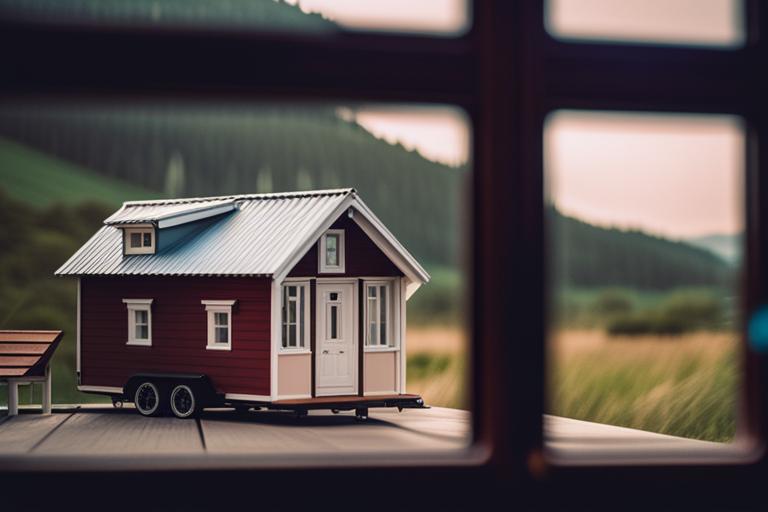
Find Suitable Land for Your Tiny House
Now that you have a good grasp of the legal requirements, it’s time to find suitable land for your tiny house. The location you choose can greatly impact your lifestyle and overall experience, so it’s essential to consider several factors before making a decision.
A. Consider Location and Lifestyle Goals
When choosing the location for your tiny house, consider your lifestyle goals and needs. Think about the proximity to work, amenities, schools, family, nature, or any other factors that are important to you. Do you want to be close to the city or prefer a more rural setting? Are you looking for a specific climate or natural surroundings? Answering these questions will help you narrow down your options and find a location that aligns with your lifestyle goals.
B. Assess Access to Utilities and Off-Grid Options
Another crucial factor to consider is access to utilities such as water, electricity, and sewage systems. Some areas may already have utility connections in place, while others may require you to set up your own off-grid systems. Off-grid living can be a great option if you prefer a self-sufficient lifestyle and want to minimize your environmental impact. Consider alternative options such as solar power, rainwater harvesting, or composting toilets.
Before purchasing land, it’s important to check whether utility connections are available or if you’ll need to invest in off-grid systems. This information will not only impact your budget but also affect the overall feasibility of placing a tiny house on the land.
C. Explore Long-Term Lease or Purchase Options
Once you have a clear idea of your preferred location and access to utilities, it’s time to explore long-term lease or purchase options for the land. Leasing land can be a more affordable option, but it may come with restrictions or limitations. Purchasing land, on the other hand, offers more freedom and long-term stability but requires a larger upfront investment.
When searching for lease or purchase options, consider working with a real estate agent who specializes in tiny houses or alternative housing options. They can help you find suitable properties and navigate the legal aspects of the transaction.

Obtain Necessary Permits for Placing a Tiny House on Land
Before you can place your tiny house on land, you will need to obtain the necessary permits from the local government or planning department. These permits ensure that your tiny house meets the required standards for safety, construction, and utility connections.
A. Contact Local Government or Planning Department
To inquire about the permits required for placing a tiny house on land, it’s crucial to reach out to the local government or planning department. They will provide you with the specific information and guide you through the permit application process.
When contacting the local government or planning department, be prepared to provide details about your tiny house, including its size, construction materials, and utility connections. This will help them determine the appropriate permits you need to obtain.
B. Identify Permits for Building, Electrical, Plumbing, or Septic Systems
Placing a tiny house on land involves several aspects that may require individual permits. These include building permits, electrical permits, plumbing permits, and permits for septic systems if needed.
Building permits are typically required for any new construction or structural modifications to existing buildings. Electrical permits are necessary for connecting your tiny house to the electrical grid or setting up an off-grid electrical system. Plumbing permits cover the installation or modification of water supply and drainage systems. If your tiny house requires a septic system, you will also need a permit for its installation and operation.
It’s important to identify the specific permits required for your tiny house and ensure you include them in your permit application. Working with professionals who are familiar with the local regulations can help ensure a smooth permit approval process.
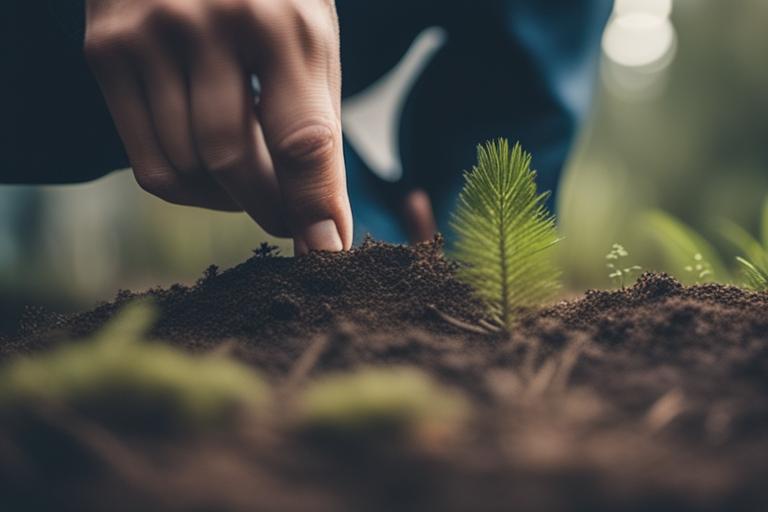
Prepare the Land for Placing a Tiny House
With the legal requirements and permits in place, it’s time to prepare the land for placing your tiny house. Proper land preparation is essential to ensure the stability, safety, and longevity of your tiny house.
A. Clear Vegetation and Debris
Before placing your tiny house, it’s crucial to clear the designated area of vegetation and debris. Overgrown trees, shrubs, or weeds can pose a risk to the structure and may hinder proper access for installation and utility connections.
Clearing vegetation and debris can be a labor-intensive task, but it’s necessary to create a clean and safe area for your tiny house. Consider renting equipment such as a chainsaw, brush cutter, or wood chipper to make the process more efficient. If you’re not comfortable with this task, you can also hire professionals to handle the land clearing for you.
B. Level the Ground and Ensure Proper Drainage
Once the land is clear, the next step is to level the ground and ensure proper drainage. A level surface is essential for the stability and structural integrity of your tiny house. It also helps prevent issues such as water pooling or uneven settling in the future.
To level the ground, you may need to remove excess soil or add fill dirt as necessary. Use a leveling tool or laser level to ensure accuracy. Additionally, consider the slope and natural drainage patterns of the land. If needed, you may need to create swales or install drainage systems to divert water away from the foundation of your tiny house.
Ensuring proper drainage from the beginning will save you headaches and potential damage down the line. If you’re unsure about the best approach for leveling and drainage, consult with a professional or seek guidance from experienced builders or contractors.
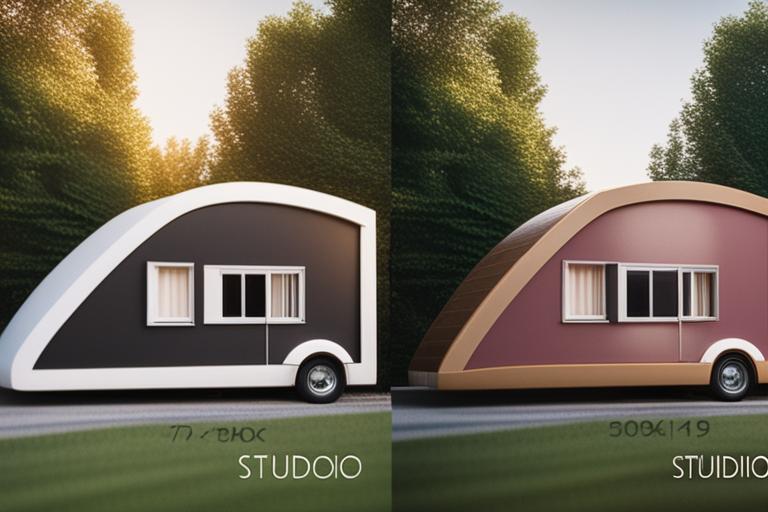
Choose the Right Foundation or Trailer for Your Tiny House
The foundation or trailer on which your tiny house sits is a critical decision that will impact its mobility, stability, and long-term maintenance. There are two main options: placing your tiny house on a foundation or on a trailer.
A. Foundation vs. Trailer: Pros and Cons
Placing a tiny house on a foundation offers stability and permanence. It allows for more traditional utility connections and can make it easier to comply with local building codes. However, it limits mobility and may require additional permits or zoning approvals.
On the other hand, placing your tiny house on a trailer provides the flexibility to move your home whenever you desire. It can be an ideal option if you prefer a more nomadic lifestyle or if you’re unsure about your long-term plans. However, it may require more attention to securing the structure and ensuring compliance with transportation regulations.
Consider your lifestyle, long-term plans, and financial situation when deciding between a foundation or a trailer for your tiny house. Each option has its pros and cons, so weigh them carefully before making a decision.
B. Hiring Professionals for Foundation Construction
If you decide to place your tiny house on a foundation, it’s crucial to hire professionals for the construction process. Building a solid and code-compliant foundation requires expertise and experience.
Look for contractors or builders who specialize in tiny house foundations or alternative housing construction. They will ensure that the foundation meets the necessary requirements for stability, load-bearing capacity, and insulation. Working with professionals will give you peace of mind and help avoid potential issues in the future.
Transport and Place Your Tiny House on Land
Once you have your tiny house ready, it’s time to transport and place it on the designated land. This step requires careful planning and attention to detail to ensure a safe and successful installation.
A. Transporting a Tiny House on a Trailer
If you’ve chosen to place your tiny house on a trailer, transporting it to the land requires careful preparation and adherence to transportation regulations. The size and weight of your tiny house may dictate whether you need a special permit or professional transportation services.
Before transporting your tiny house, secure all loose items and ensure that the structure is properly braced and secured to the trailer. Check the tires, brakes, and lights to ensure they are in good working condition. If necessary, hire a professional transportation company experienced in moving tiny houses to ensure a smooth and safe journey.
B. Proper Placement According to Setback Regulations
Once your tiny house arrives at the land, it’s essential to position it according to local setback requirements and regulations. Setback regulations determine how far a structure must be from property lines, roads, and other structures.
To ensure compliance, consult the zoning regulations and building codes for the specific setback requirements in your area. Use measuring tools and stakes to mark the appropriate distances from the property boundaries. Taking the time to accurately position your tiny house will help you avoid potential legal issues and maintain good relationships with your neighbors.
Secure Your Tiny House on Land
To ensure the stability and safety of your tiny house, it’s crucial to properly anchor it to the foundation or the ground. Anchoring prevents shifting or movement during extreme weather events and adds an extra layer of protection to your tiny house.
A. Anchoring to the Foundation or Ground
When anchoring your tiny house, consider using hurricane straps, tie-downs, or other suitable anchoring methods recommended by professionals. These methods will vary depending on whether your tiny house is on a foundation or a trailer.
For a tiny house on a foundation, consult with your contractor or builder to identify the best anchoring options. They will take into account the soil conditions, local weather patterns, and building codes to ensure proper anchoring.
If your tiny house is on a trailer, consider using specialized trailer anchors or tie-down systems designed for mobile structures. These systems provide stability during transportation and can be adjusted or repositioned when needed.
Properly anchoring your tiny house will give you peace of mind, knowing that it can withstand strong winds or other external forces.
Case Study: Finding the Perfect Location for a Tiny House
As an avid traveler and outdoor enthusiast, I had always dreamed of owning a tiny house that would allow me to embrace a more minimalist and adventurous lifestyle. After months of research and planning, I finally found the perfect piece of land to place my tiny house.
In my search for the ideal location, I considered several factors that were important to me. First and foremost, I wanted to be close to nature, with easy access to hiking trails and breathtaking views. After exploring various regions, I stumbled upon a picturesque piece of land nestled in the mountains. The location ticked all the boxes for me, offering a serene environment with stunning vistas.
Another crucial consideration was proximity to amenities and work opportunities. While I wanted to live a simpler life, I still needed access to basic necessities and potential job prospects. Fortunately, the land I found was just a short drive from a small town that offered all the essentials, including grocery stores, healthcare facilities, and even a few quaint cafes. It was the perfect balance between seclusion and convenience.
One of the challenges I faced was the lack of utilities on the land I had chosen. However, I was determined to live off-grid and embrace a more self-sufficient lifestyle. I invested in solar panels to generate my own electricity and implemented rainwater harvesting systems for water supply. Additionally, I installed a composting toilet to minimize my impact on the environment. These alternative options allowed me to live comfortably while reducing my carbon footprint.
Once I had secured the land, the next step was obtaining the necessary permits. I reached out to the local government and planning department to inquire about the specific permits required for placing a tiny house on the land. They provided me with a comprehensive list of permits, including building, electrical, plumbing, and septic system permits. It was essential to ensure that every aspect of my tiny house met the legal requirements and safety standards set by the authorities.
With the permits in hand, I began preparing the land for the placement of my tiny house. I cleared the vegetation and debris, ensuring a clean and level area for the foundation. I had decided to place my tiny house on a foundation rather than a trailer, as I wanted a more permanent and stable structure. I hired professionals to construct the foundation, ensuring that it met all the necessary building codes and regulations.
Transporting my tiny house to the land was a thrilling experience. I enlisted the help of a professional transportation company to ensure a safe and seamless journey. Once the tiny house arrived at the designated location, I positioned it according to the setback regulations specified by the local authorities. This ensured that I complied with the rules and maintained a harmonious relationship with the surrounding community.
Connecting my tiny house to utilities was the final step in making it a true home. I hired professionals to handle the electrical, plumbing, and gas connections, ensuring that everything was up to code and met the safety standards. Their expertise and guidance were invaluable in ensuring a smooth and hassle-free process.
Now, I am living my dream in my cozy and sustainable tiny house. The interior is customized to maximize space, with clever storage solutions and carefully selected furniture and appliances. I have embraced the minimalist lifestyle, finding joy in the simplicity and freedom that tiny house living offers.
Maintaining my tiny house has become a part of my routine, ensuring its longevity and efficiency. Regular inspections and upkeep keep everything in optimal condition, allowing me to enjoy my tiny house for years to come.
The journey of placing my tiny house on land was a challenging yet rewarding experience. With careful planning, research, and guidance from professionals, I was able to turn my dream into a reality. I encourage anyone considering placing a tiny house on land to follow this step-by-step guide, consult with experts, and navigate the process with confidence. The possibilities are endless when it comes to creating your own little haven in the world of tiny house living.
Connect Your Tiny House to Utilities
Connecting your tiny house to utilities such as electricity, water, and sewage systems is a crucial step in making it livable. Depending on your location and preferences, you can choose between connecting to existing utility lines or setting up off-grid systems.
A. Hiring Professionals for Utility Connections
For electrical, plumbing, or gas connections, it’s recommended to hire professionals who are licensed and experienced in working with tiny houses. They will ensure that the connections meet the necessary safety standards and comply with building codes.
Research local contractors or companies that specialize in tiny house utility connections. Ask for recommendations from other tiny house owners or consult online forums and communities for guidance. Working with professionals will give you confidence in the safety and functionality of your utility connections.
B. Ensuring Compliance with Building Codes during Utility Connections
During the utility connection process, it’s essential to ensure compliance with building codes and regulations. This includes proper wiring, plumbing, ventilation, and any other requirements specific to your location.
Consult with your utility providers and local building department to understand the specific codes and regulations you need to follow. Hiring professionals who are familiar with these codes will help ensure that everything is up to standard and avoid potential issues during inspections or future use.
!
Frequently Asked Questions
Who can put a tiny house on land?
Anyone who owns or has access to a plot of land can put a tiny house on it.
What is required to put a tiny house on land?
You’ll need zoning approval, permits, utilities, and a foundation for your tiny house.
How can I legally put a tiny house on my land?
Research local zoning laws, obtain necessary permits, and ensure compliance with building codes.
What are the steps to put a tiny house on land?
Research zoning laws, secure permits, prepare the land, install utilities, and place the tiny house.
How do I address objections to putting a tiny house on land?
Highlight the economic benefits, sustainability, and minimal environmental impact of tiny houses.
Can I put a tiny house on rented land?
Yes, as long as you have permission from the landowner and comply with local regulations.
William is an experienced architect and urban planner with a passion for sustainable and innovative housing solutions. With a Master’s degree in Architecture from [University Name], William has spent the past decade working on various projects that focus on compact living and alternative housing options.
Throughout William’s career, they have worked closely with local governments and planning departments to navigate the complex world of zoning laws and regulations. This hands-on experience has given them a deep understanding of the legal requirements for placing a tiny house on land and the necessary permits needed for construction.
In addition to their expertise in the legal aspects, William also has extensive knowledge in site selection and land preparation. They have helped numerous clients find suitable locations for their tiny houses, taking into consideration factors such as lifestyle goals, access to utilities, and long-term lease or purchase options.
With their background in architecture and urban planning, William is well-versed in the technical aspects of building a tiny house. They have worked closely with builders and contractors to ensure compliance with building codes and regulations, as well as proper foundation construction and transportation of the tiny house.
William is passionate about sharing their knowledge and expertise with others, and they have written numerous articles and guides on the subject of placing a tiny house on land. Their practical advice and step-by-step instructions have helped many individuals successfully navigate the process of turning their tiny house dreams into a reality.
